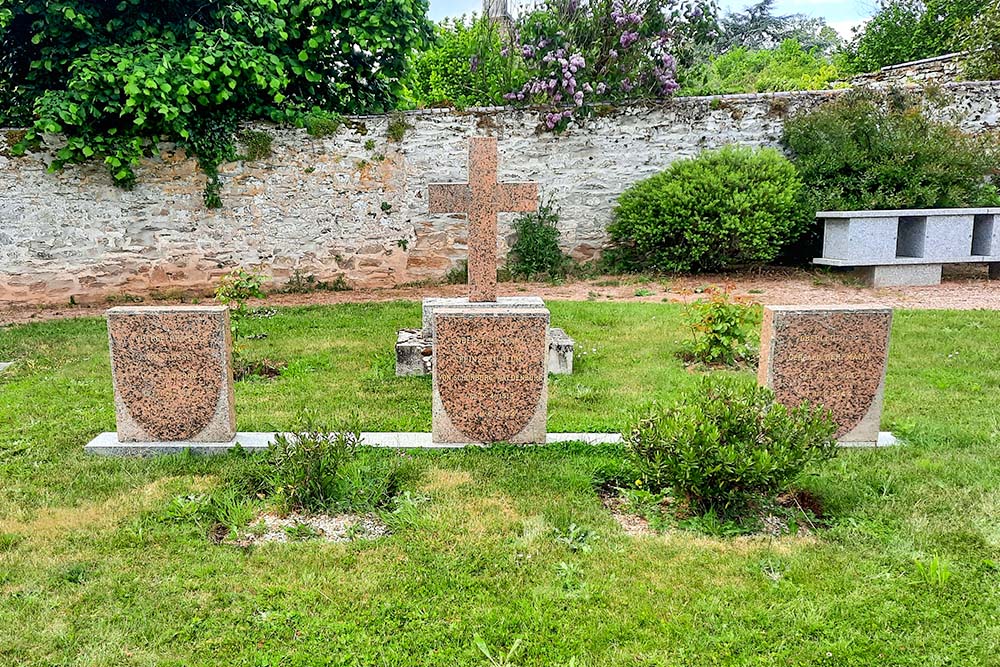Schönburg-Waldenburg, Wilhelm Prinz v.
- Date of birth:
- April 3rd, 1913 (Guteborn-Schwarzbach/Hoyerswerda, Germany)
- Date of death:
- June 11th, 1944 (Near Villers-Bocage, France)
- Nationality:
- German
Biography
Do you have more information about this person? Inform us!
- Period:
- Second World War (1939-1945)
- Rank:
- Hauptmann (Captain)
- Unit:
- Chef 1./Panzer-Regiment 31
- Awarded on:
- May 18th, 1941




